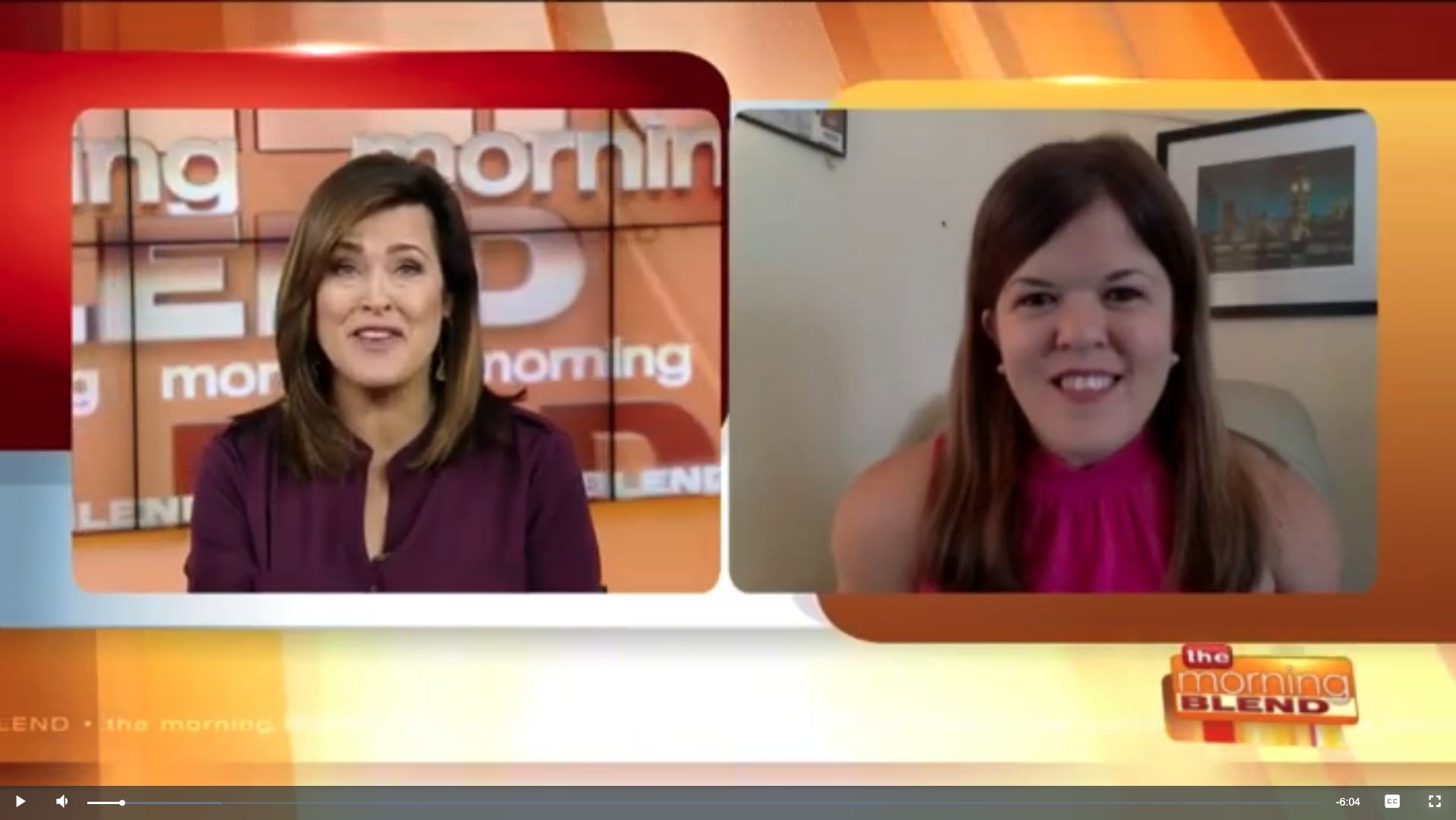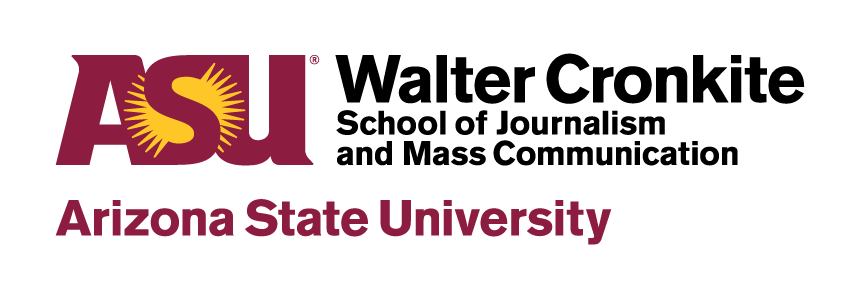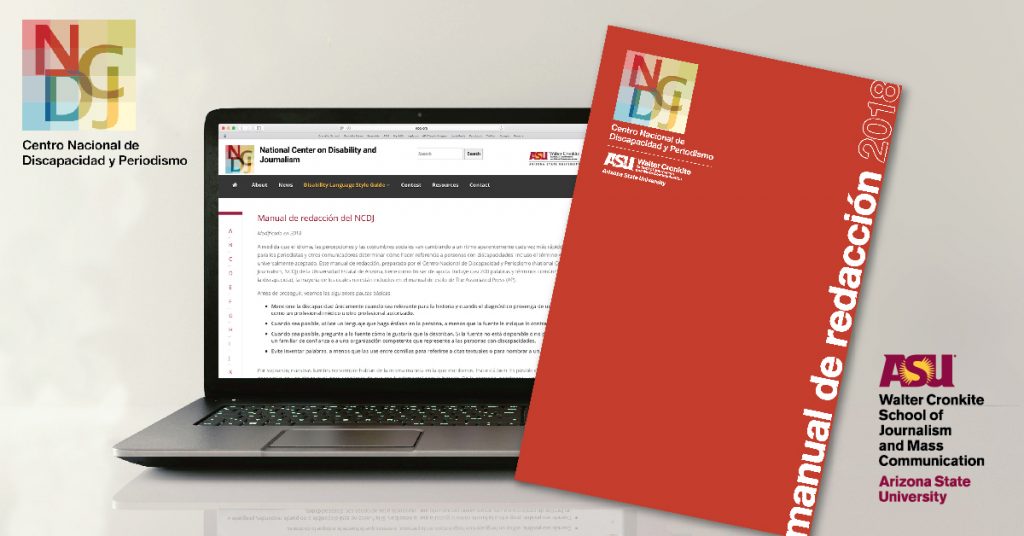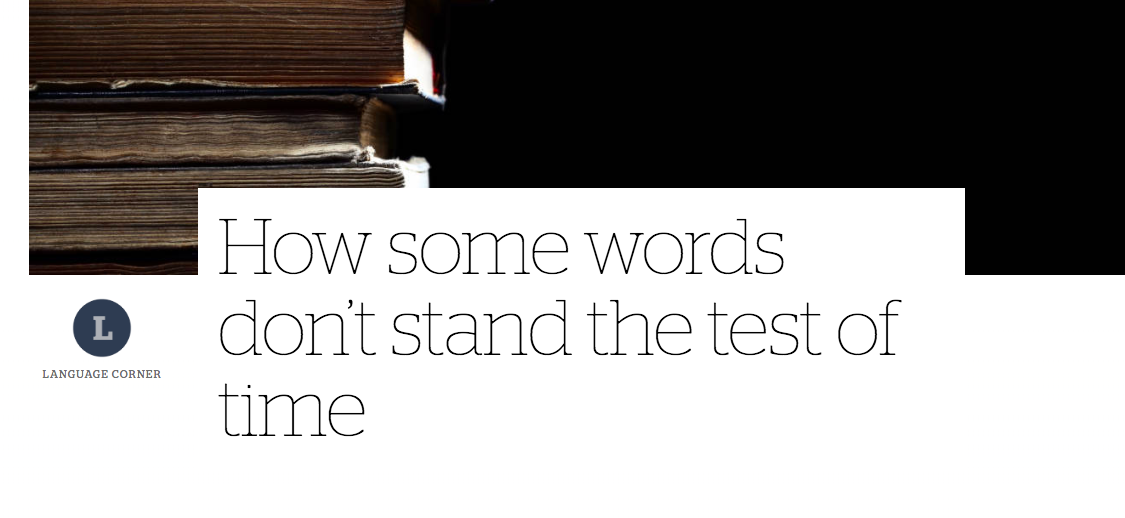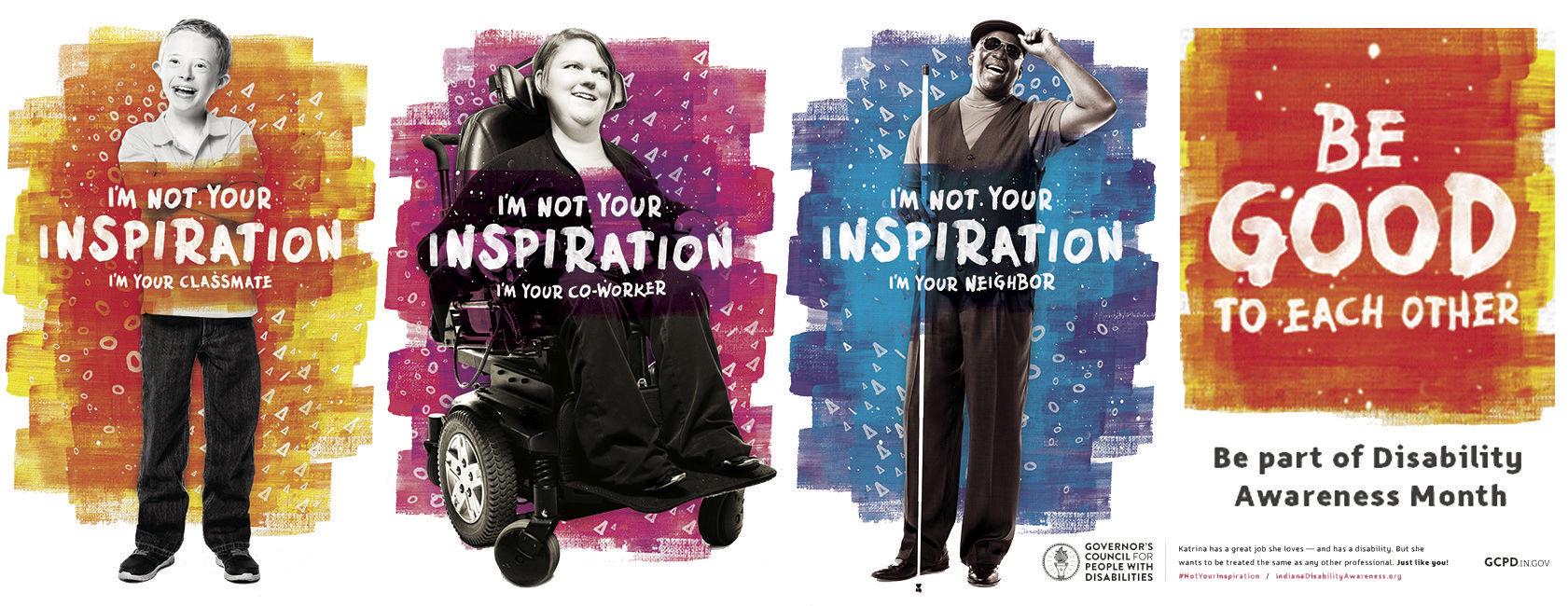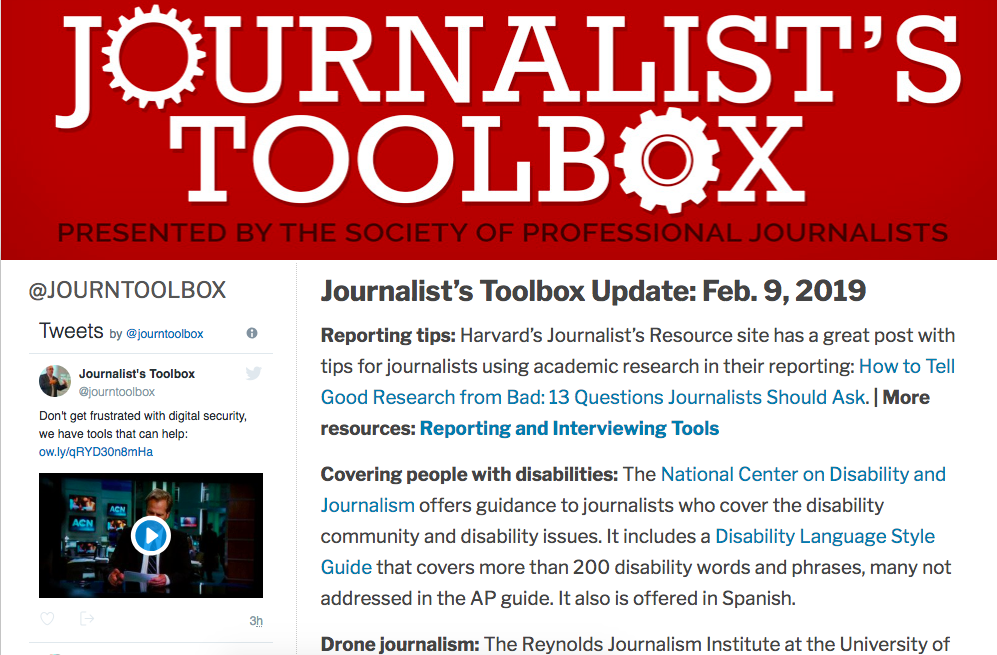The National Center on Disability and Journalism at Arizona State University’s Walter Cronkite School of Journalism and Mass Communication announced the winners of the 2019 Katherine Schneider Journalism Award for Excellence in Reporting on Disability, the only journalism contest devoted exclusively to the coverage of people with disabilities and disability issues.
Journalists working in digital, print and broadcast media from around the world competed for awards and cash prizes totaling $17,000.
First place in the large media market category was awarded to Right to Fail, Living Apart, Coming Undone, an in-depth investigation by ProPublica and PBS Frontline in collaboration with The New York Times. The series, written by Joaquin Sapien of ProPublica and Tom Jennings of PBS Frontline, examined the efforts of New York City to let those with severe mental illnesses live on their own. Reporters obtained about 7,000 pages of records from hospitals, psychiatrists, social agencies and housing programs to reveal how an ambitious housing program left many vulnerable residents in danger. In response to the investigation, a New York federal judge ordered expanded oversight of the housing program.
“’Living Apart, Coming Undone’ was an extraordinarily well-reported story about good intentions — moving mentally ill New Yorkers out of institutions into their own apartments — gone horribly wrong. The story and the photos made the human pain obvious,” said contest judge Jerry Ceppos, former newspaper executive and dean of the Manship School of Mass Communication at Louisiana State University. Sapien and Jennings will receive $5,000 and an invitation to the Cronkite School to give a public lecture on Dec. 2, 2019.
Second place in the large media market category was awarded to Trapped: Abuse and neglect in private care entered by Reveal from The Center for Investigative Reporting. WNYC-FM reporter and Aftereffect host Audrey Quinn’s reporting revealed a history of abuse, neglect and client deaths at facilities run by Bellwether Behavioral Health, the largest group home provider in the state of New Jersey. The award-winning episode showed how even as state after state cut ties with Bellwether, New Jersey continued to send nearly 400 of its most vulnerable citizens and $67 million a year in Medicaid to the troubled company. After the investigation, New Jersey ended its relationship with Bellwether. Quinn will receive $2,000.
Third place in the large media market category was awarded to Unfit by Radiolab. Produced by Matt Kielty, Pat Walters and Lulu Miller, the episodes explore how people with disabilities were targeted for sterilization during the early 20th century as a form of eugenic genocide, but laws permitting forced sterilization have quietly stayed on the books. While the language is now different — swapping terms like “feebleminded” for “mentally incapacitated” — there are still 23 states that allow for a person with intellectual disabilities to be sterilized against their will if a court decides it is in their “best interest.” The podcast episode reached millions of listeners and hit the top 10 on the iTunes charts. Creators of “Unfit” will receive $1,000.
Honorable mention in the large media market category was awarded to The parents said it was a special needs bed. The state said it was a cage by Mary Jo Pitzl of The Arizona Republic. This story exposed the confusion – and potential harm – that happens when bureaucracies can’t see past their rule books to understand the intricacies of the fragile populations they are charged to protect. Pitzl explored the Wadsacks’ ordeal to win approval for caregivers to use a specialty bed for their developmentally disabled daughter and how the interpretation of a rule took years to untangle. Pitzl will receive $500.
In addition to Ceppos, the judges for the large media market category were Tony Coelho, a former six-term U.S. congressman from California and the primary sponsor of the Americans With Disabilities Act; Daniel Burke, CNN religion editor; and Amy Silverman, a Phoenix-based writer, editor and teacher.
First place in the small media market category was awarded to You’re Not Alone, a collaborative documentary between the Milwaukee Journal Sentinel and Milwaukee PBS. The program followed the lives of four young people from Wisconsin as they navigated mental health challenges. The documentary was built on USA Today Network reporter Rory Linnane’s “Kids in Crisis” series. The film encourages young people to seek help for mental health challenges, while calling for greater support from adults and health systems. The final product included a suicide prevention toolkit at jsonline.com/yourenotalone. The film premiered at a Milwaukee high school where 11 local mental health organizations staffed resource tables and offered on-site counseling for an audience of more than 200.
“You’re Not Alone” was beautifully produced and stunning visually. Having the young people speak their truth in their own words was powerful. There is no doubt in my mind that the result of this work is living up to its name, providing strength to those with disabilities (and) reassuring them that you are not alone,” said contest judge Susannah Frame, chief investigative reporter for KING 5 Television in Seattle. Liannane will receive $5,000 and is invited to the Cronkite School to give a public lecture on Dec. 2, 2019.
Second place in the small media market category was awarded to The Post and Courier of Charleston, South Carolina, for We dined with wheelchair users at 4 of Charleston’s top lunch spots. Here’s what they experienced. Food critic Hanna Raskin had not fully considered the obstacles posed by physical barriers until a group of wheelchair users invited her to a meeting. The diners were concerned about not being able to fully enjoy the city’s celebrated food scene. Raskin proposed that the group visit four celebrated local restaurants at random while she documented their experiences. The end result was a piece highlighting numerous accessibility issues. The restaurant owners were swift to respond, pledging to address the issues. Raskin will receive $2,000.
Third place in the small media market category was awarded to Criminalizing disability by Ed Williams, a reporter for Searchlight New Mexico. Williams asked why so many of the state’s special education students ended up in police custody. In collaboration with the local ABC news affiliate, Williams interviewed more than 300 parents, including the mother of Sebastian Montaño, a smart, promising but behaviorally challenged youngster who never received legally required services for his autism. The New Mexico state Legislature conducted hearings and directed the Legislative Education Study Committee to investigate. Williams will receive $1,000.
Honorable mention in the small media market category was awarded to Fighting for Personal Attendants at the Texas State Capitol by investigative reporter Edgar Walters of The Texas Tribune. When Walters learned that Texas lawmakers planned to spend $23 million on a negligible pay raise for personal attendants, he connected with advocate Susie Angel, a woman living with cerebral palsy. His piece explored Angel’s quest for additional funding for her personal attendant who allows her to live independently and has become a close friend. Walters will receive $500.
In addition to Frame, the judges for the small media market awards were Jennifer LaFleur, data editor for American University Investigative Reporting Workshop; Susan LoTempio, NCDJ Advisory Board member and former newspaper editor; and Leon Dash, a Pulitzer Prize-winning journalist who is a professor of journalism at the University of Illinois.
The Katherine Schneider Journalism Award for Excellence in Reporting on Disability was established in 2013 with the support of Schneider, a retired clinical psychologist who has been blind since birth and who also supports the national Schneider Family Book Awards. The reporting contest is administered by the National Center on Disability and Journalism at the Cronkite School.
